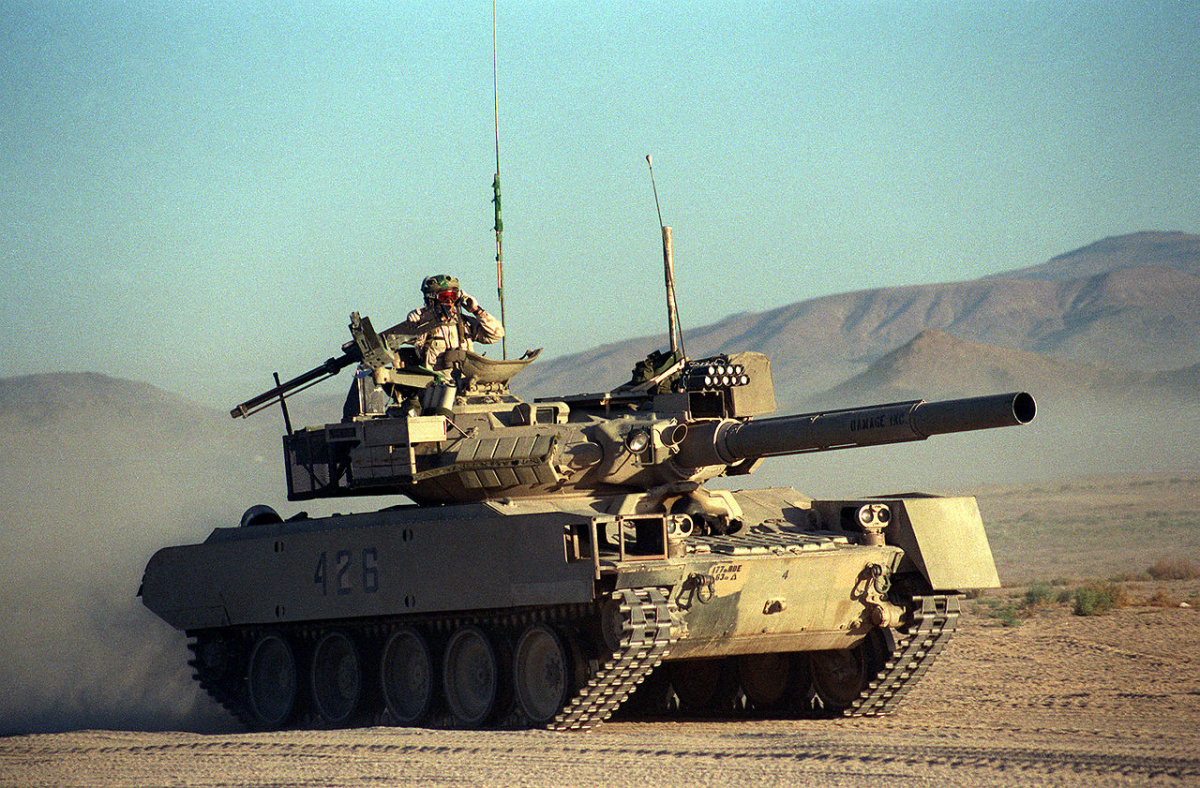By the way, in between all the other rather dramatic news, there is still a battle raging in Mosul. Now, the Iraqi’s are claiming it will be over in days (before 26 May): http://www.bbc.com/news/world-middle-east-39882257
The statement was made on the 10th, and it is now the 20th.
Just as a reminder, as it is been a while since we looked at the timeline, back around 18 October, they were claiming that it could take two months: https://dupuyinstitute.dreamhosters.com/2016/10/18/duration-estimate-for-mosul/
- They started the offensive around 15 October https://dupuyinstitute.dreamhosters.com/2016/10/16/its-started/
- Arrived to the outskirts of Mosul and started taking parts of Mosul in early November: https://dupuyinstitute.dreamhosters.com/2016/11/10/taking-mosul/
- Took the Eastern half of Mosul around 22 January: https://dupuyinstitute.dreamhosters.com/2017/01/23/east-mosul-taken/
- And then they started fighting for the western half of Mosul around 18 February: https://dupuyinstitute.dreamhosters.com/2017/02/19/offensive-to-re-take-western-mosul-has-started/
Not the fastest offensive we have seen. For example, the Germans arrived on the outskirts of Stalingrad in August 1942, had taken most of the city by the end of November, and were still there, surrounded and starving, in February 1943.
One final note, remember this prediction in early February: https://dupuyinstitute.dreamhosters.com/2017/02/09/timeline-for-mosul-and-raqqa/
It stated that U.S. commander in Iraq, U.S. Army Lt. General Stephan Townsend, said “within the next six months I think we’ll see both (the Mosul and Raqqa campaigns) conclude.”
So, are we still on track to take Raqqa by the end of July?


